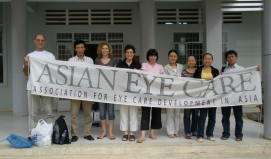
About AEC
An introduction
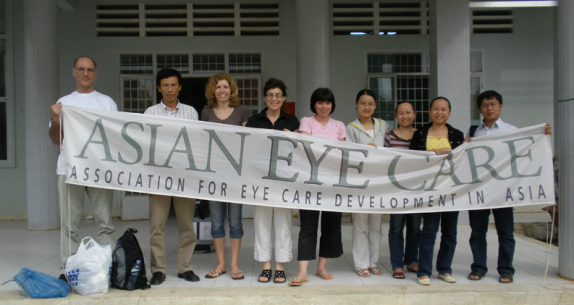
About AEC
Welcome to AEC, a Dutch medical organization founded on 19 July 1999 in Amstelveen, the Netherlands, with the objective of preventing and treating blindness in Asia.
In many, often poverty-stricken Asian countries, blindness leads to a humanitarian as well as socio-economic catastrophy: it is estimated that at this moment, Asia has about 16 million blind persons, which number will have doubled in 2020. AEC believes, and knows from experience, that controlling blindness through optimum care and education contributes to raise the level of welfare and development of the people. On this website, you can read how you can help us in our struggle against this problem.
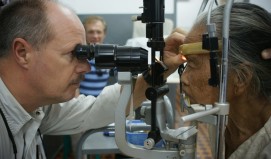
AEC’s medical team
Our professionals

AEC’s medical team
AEC deploys Dutch medical teams: ophthalmologists, surgery assistants and coordinators. During three-week missions, they visit local hospitals in order to provide intensive ophthalmic training to their 'own' doctors and nurses. In close collaboration, eye care is provided in outpatient departments and as many blind patients as possible are operated directly.
The expertise and skills of team members must meet high standards. However, physical and mental aspects are also taken into account during selection and deployment. The working conditions are heavy due to a high working pressure in an often hot, humid climate.

Blindness in Asia
A growing problem
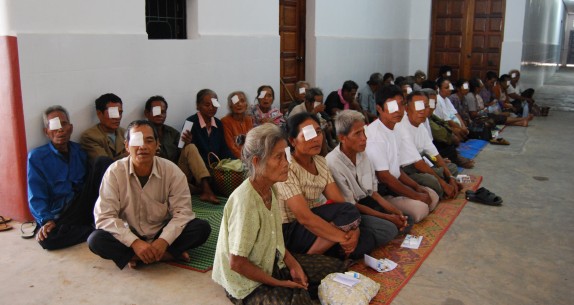
Blindness in Asia
According to estimations by the World Health Organization (WHO), there are 45 million blind people worldwide, about 16 million of whom live in Asia. It is feared that these numbers will have doubled already in 2020. Paradoxically, eighty per cent of all blind persons would be able to see, work and maintain their families again after a relatively simple operation. As it is, the usually poverty-stricken countries have neither the medical knowledge, nor the facilities and the money for such operations.
With VISION2020, the Right to Sight, the WHO appeals to the world for help. Asian Eye Care supports this initiative by deploying ophthalmic teams and giving training and instruments to local hospitals. Young children also have our attention as an important risk group. In many cases, childhood blindness can even be prevented through proper nutrition and in particular vitamin A.
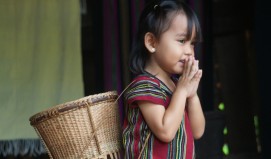
Our goals
Prevention and treatment
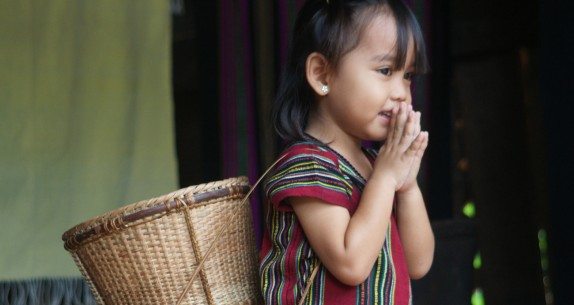
Our goals
The objective of Asian Eye Care is clear and simple:
The prevention and treatment of blindness in Asia
AEC conforms itself to the principles and objectives of the WHO project VISION2020, the Right to Sight.*). Accordingly, the following priorities can be distinguished in our programs:
1. Ophthalmic training of local doctors and nurses
2. Providing eye care, including eye surgery
3. Improving of local eye care facilities with materials, medicines, instruments and intraocular lenses
4. Eye examination of young children at schools and, whenever possible, the prevention of blindness
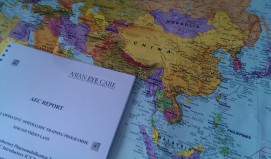
Organization
About the association
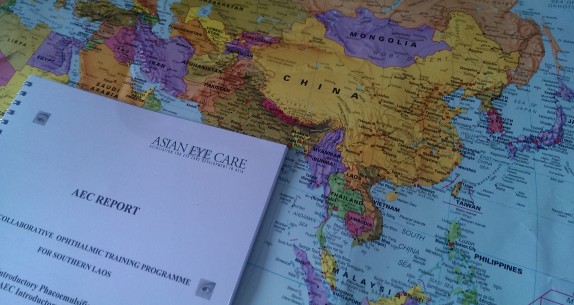
Organization
Asian Eye Care is an association founded in Amstelveen, the Netherlands, on 19 July 1999.
Executive committee:
Prof. Ton de Boer, MD, PhD, president
Eric van Agtmaal, MSc, PhD, secretary
Hans van Gelderen, MSc, treasurer
Henk Hylkema, MD, PhD, member
Tom Bakx, MD, PhD, member.
Amstelveen Office: Eric van Agtmaal, MSc, PhD
Regional Office, Bangkok, Thailand: Ms Lalitha Houtman Srinivas.
On 1 January 2008, AEC was certified with the Dutch Tax Authorities as an Institution for General Benefit (algemeen nut beogende instelling or ANBI).
AEC is registered with the Chamber of Commerce Amsterdam (Reg.No. 34 11 8390).
AEC Annual reports will be sent by our association upon request.

FAQ
What, why and how

FAQ
What is blindness?
Blindness is not something absolute, but a matter of medical definition. Generally, someone is said to be blind if he or she is unable to count a number of raised fingers correctly from a distance of three meters. Someone's vision is measured more accurately through the well-known letter maps and a number of advanced instruments.
Why does AEC work in Asia?
We work in Asia primarily because half the world's population lives in that continent, and the number of blind persons there is proportionately high.
Moreover, most AEC staff have lived and worked in Asia. Consequently, we have much expertise, experience and contacts in ophthalmology in Asia.
What is the major cause of blindness in Asia?
About 60% of all blindness is caused by cataract. Problems arise by the gradual clouding of the eye lens. Probably, nutrition and ultraviolet light also play a part. Cataract is cured by surgery, which involves replacing the clouded lens by an artificial lens.
Spotlight
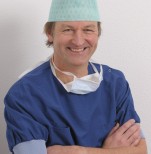
Tom Bakx
Ophthamologist“For a blind person an eye operation means the difference between day and night”
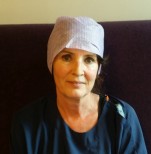
Marcella de Baat
Ophthalmic assistant“You don’t just give them back their sight but also their lives”
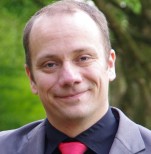
Fedor Ikelaar
IT Trainer“By sharing our knowledge you can see the eye care improve”
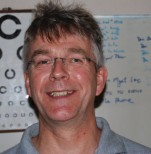
Eric van Agtmaal
Program co-ordinator“It is amazing how much we can achieve together in a short time”
Volunteers
Ophthalmologists/eye surgeonsGert Jan Ameln, GroningenBert Bakker, Bavel Tom Bakx, Borne Henriette Bijlmer-Gorter, Wassenaar Bart Bistervels, Houten Jan Geert Bollemeijer, Voorburg Martin Buissink, Maastricht Gerrit van Die, Zoeterwoude Greet Dijkman, Amstelveen Marinus Eykelenboom, 's Gravendeel Annette Geerards, Wassenaar Govert Heeg, Groningen Durk Humalda, Sneek Henk Hylkema, Zwolle Wouter Japing, Groningen Paulus de Jong, Amsterdam Caroline Klaver, Elst Derk Jan van Kuik, Enschede Marina Marinkovic, Leiden Ina Meenken, Amsterdam Maarten Rol, Amsterdam Frans Ros, Utrecht Mary van Schooneveld, Amsterdam Ceciel Schweitzer, Enschede Caroline Storimans, Zeist Heleen Verburg-van der Marel, Sittard Steven Walland, Amsterdam |
Other physiciansTon de Boer, AmstelveenOphthalmic assistantsMarcella de Baat, LeidenAngelien Buurman, Leiden Annemiek van Duin, Noordwijk Monique Eichelsheim, Goes Sandra de Gooijer, Hengelo Karin Hoek, Hengelo Suzanna Hulskamp, Alkmaar Chantal Nijsen, Rotterdam Judith van Schoot, Zwolle Suzanne Vulink, Hengelo Linda Weissink, Enschede |
Team coordinatorsEric van Agtmaal, AmstelveenGhislaine Coenegracht, Amsterdam Hans van Gelderen, Amsterdam Lalitha Houtman Srinivas, Bangkok Text/design and communicationIrene van Agtmaal, UtrechtTineke Hol, Amsterdam Fedor Ikelaar, Amstelveen Coos van Laar, Amstelveen Rob van Niele, Nieuw Vennep Ferry de Ridder, Enkhuizen Rob Spel, Amsterdam Saichon Surapinich, Huizen Peter Vossen, Den Haag Martin Warnar, Den Haag |
Our Partners
AEC collaborates with various international organizations, Dutch embassies and consulates, as well as authorities and hospitals in the program countries.
’AEC is supported by various institutions, organizations and companies such as:
IJburg Accountants en Adviseurs

IJburg Accountants en Adviseurs

Wilde Ganzen

Wilde Ganzen

Foreign affairs

Foreign affairs
AEC keeps close contact with the embassies in the region
AEC Letter of Support

Hofstee Foundation

Hofstee Foundation
Provides financial support to AEC programs.
www.hofsteestichting.nl

Bausch + Lomb

Bausch + Lomb
Donates a share of the eye lenses for surgery.
www.bausch.com

Rockmed

Rockmed

Medicin Sans Frontieres Holland

MSF Holland
Supports AEC in on-site logistics and communication.
www.msf.org

Vision 2020

Vision 2020
VISION2020, the Right to Sight. All AEC programs are set up and conducted according to the guidelines of the WHO action plan 'VISION 2020, the Right to Sight' (www.vision2020.org).
